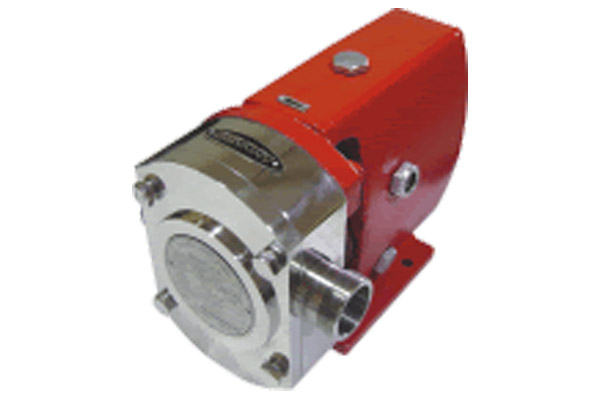Rotary lobe pump use timing gears to eliminate contact between the rotors, which allows their use on non-lubricating fluids. These pumps offer low shear and gentle handling of the liquid to minimize product degradation. Rotary lobe pumps are useful for pumping and Transfer of all high viscous liquids like syrup paints, drugs, food products, etc.
Lobe pump is used in a variety of industries including, pulp and paper, chemical, food, beverage, pharmaceutical, and biotechnology. They are popular in these diverse industries because they offer superb sanitary qualities, high efficiency, reliability, corrosion resistance, and good clean-in-place and sterilize-in-place (CIP/SIP) characteristics.

TECHNICAL SPECIFICATION (ROTARY LOBE PUMPS)
| PUMP MODEL | Port Size | Displacement @100 rpm | |
| LPM | US. GPM | ||
| SVLB 100S | 1″ | 5 | 1.4 |
| SVLB 100L | 1″ | 8 | 2.25 |
| SVLB 150S | 1 1/2″ | 12 | 3.38 |
| SVLB 150L | 1 1/2″ | 18 | 4.78 |
| SVLB 200S | 2″ | 26 | 7.03 |
| SVLB 200L | 2″ | 38 | 10.15 |
| SVLB 250S | 2 1/2″ | 55 | 14.64 |
| SVLB 250L | 2 1/2″ | 79 | 20.87 |
| SVLB 300S | 3″ | 116 | 30.65 |
| SVLB 300L | 3″ | 168 | 44.39 |
| SVLB 400S | 4″ | 261 | 68.70 |
| SVLB 400L | 4″ | 354 | 93.26 |
